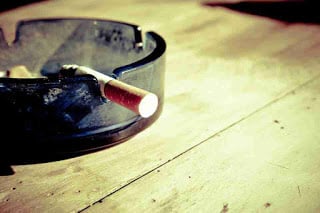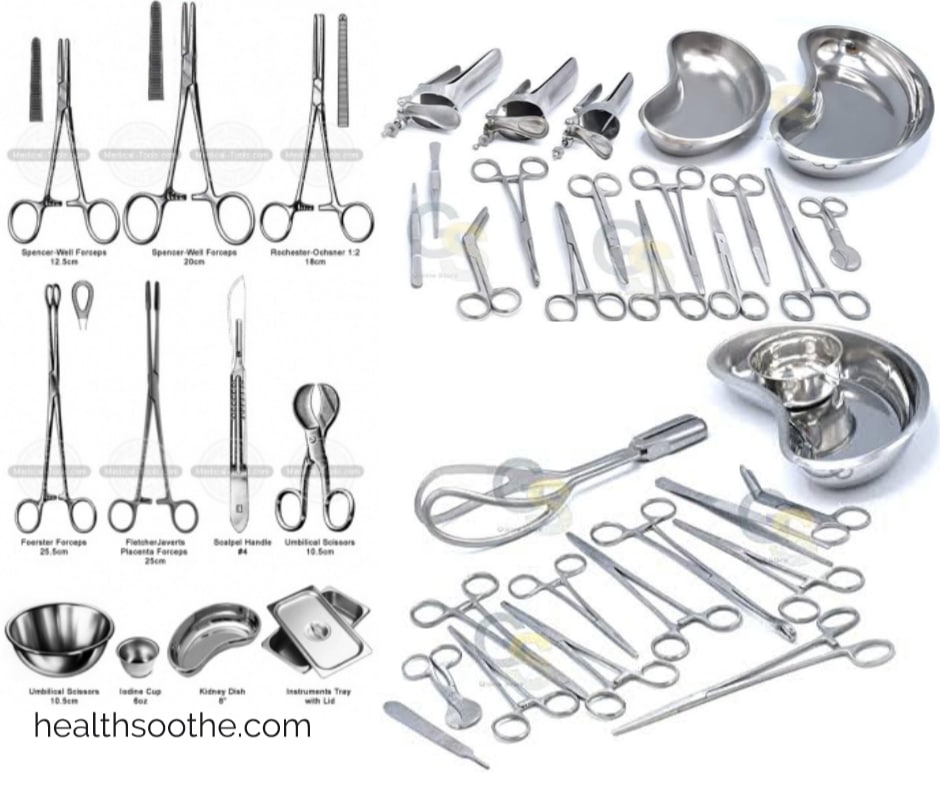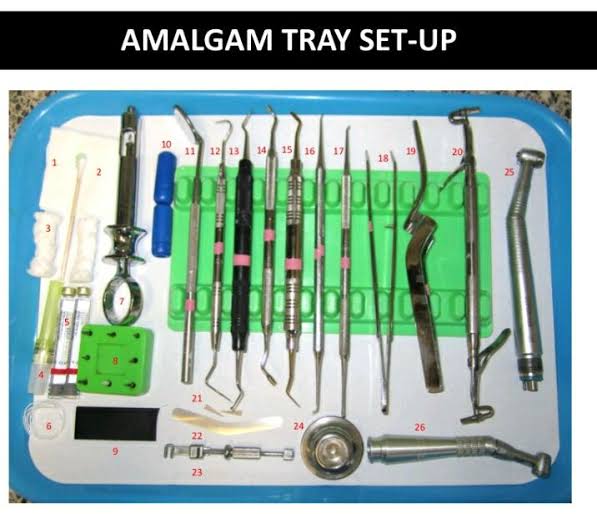Dental cleaning is an essential part of oral hygiene, and it needs to be done frequently. Typically, dental cleanings need to be done twice a year and more frequently for individuals with gum disease.
Failure to oblige to this predisposes you to conditions such as cavities, bad breath, teeth loss, and other severe illnesses such as cancer and bone loss due to prolonged exposure.
Therefore, you need to search for dental cleaning near me to avoid this.
Process of dental cleaning
Initial inspection
The dental hygienist must start the dental cleaning process by examining your teeth and gums to evaluate their state. The dentist mainly examines gingivitis or inflamed gums using a small handled mirror because it’s asymptomatic. The dentist might also look for other oral problems such as dark stains on teeth and cracked gums. This initial inspection provides the basis for the dental cleaning process.
X-ray
X-ray is then used in place of the mirror to give a detailed evaluation of the teeth and gum. From the pictures obtained from the X-ray, the dentist will spot small cracks on the gums, cavities, and any other oral infection.
Removing plaque and tar build-up
The oral bacteria can get glued on the teeth forming a plaque that hardens to form tartar. At this stage, the dentist scraps off the plaque and tartar from both the teeth and the gum line. Alternatively, the dental cleaning might use ultrasonic vibration to remove the hard tartar, followed by water jet spraying.
Expert brushing and flossing
The following dental cleaning step involves further polishing the teeth. The results of the polishing process are shiny and smooth teeth. The dentist uses a special prophy paste and a high-powered electric toothbrush. Depending on the severity of the stains, the dentist can either use a coarse, medium, or fine-tooth polishing paste. Course and medium paste effectively remove persistent stains, but they can damage the enamel. Conversely, fine prophy paste is less effective, less damaging, and gives a better polish.
Alternatively, an air-polishing system can be used in place of the pastes. In essence, air polishing involves using a jet of air or compressed air, water, and fine powder of an abrasive agent. It mainly cleans the crown, implant, tooth fillings, and orthodontic wires. Additionally, flossing is done to remove plaque stuck between teeth.
Fluoride treatment
The final stage of dental cleaning involves fluoride treatment. Technically, fluoride treatment acts as a protective coating to the teeth. The dentists apply a high fluoride concentration in gel, solution, or foam. The fluoride treatment helps absorb calcium and phosphate minerals from the body, which helps repair weak tooth enamel. Additionally, it prevents tooth decay by destroying the bacteria. The Flouride solution is almost always optional as some patients are allergic or simply don’t enjoy the taste.
Conclusion
The way to good oral hygiene is through regular dental cleaning. The cleaning should be done semi-annually and monthly for anyone with gum disease. You should have nothing to worry about as the procedure is fast and painless.







